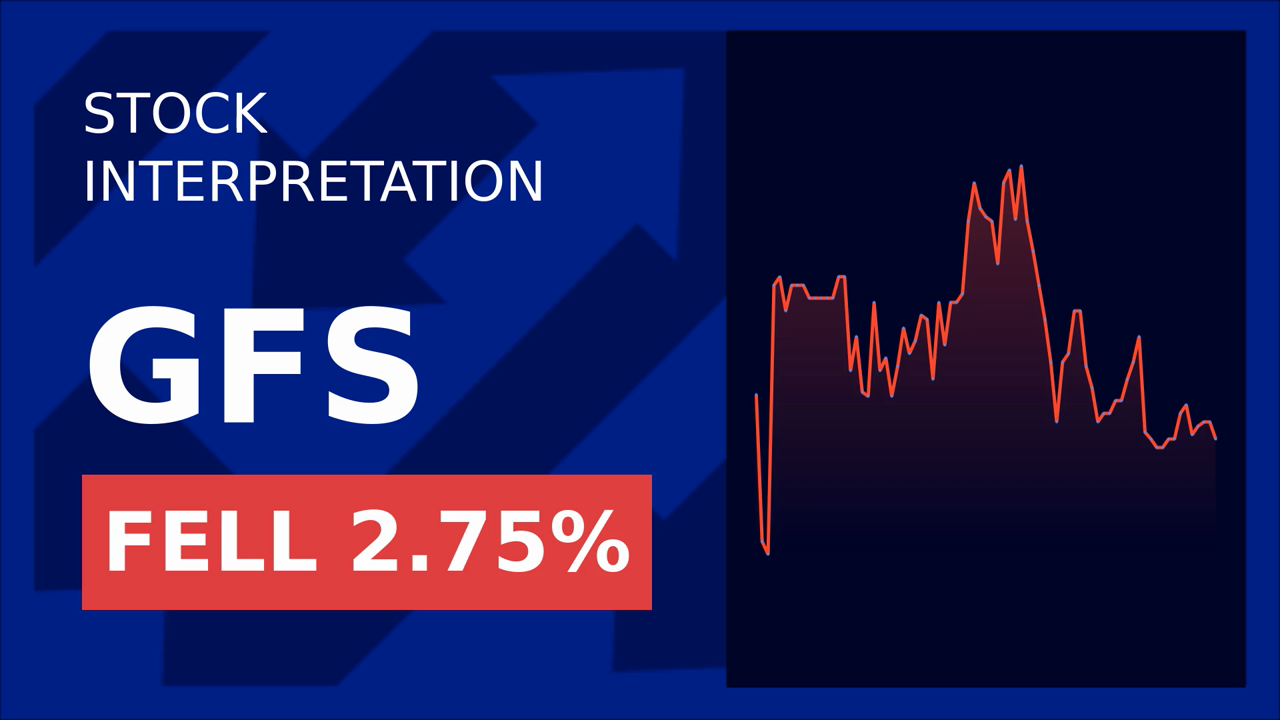Tech Sector Suffers Amid Export Curbs and Fed Fears: A Perfect Storm for Tech Stocks?
The tech sector faced significant headwinds on April 18, 2025, as a confluence of regulatory pressures, geopolitical tensions, and macroeconomic uncertainties triggered a sharp selloff in the final trading session before the Good Friday closure. The decline, driven by specific corporate charges, Federal Reserve caution, and lingering U.S.-China trade disputes, underscores the fragility of a sector once synonymous with growth.
The Catalyst: Nvidia’s $5.5 Billion Charge and Export Restrictions
The downturn began with Nvidia’s disclosure of a $5.5 billion write-down on unsold H20 GPUs, a consequence of U.S. export restrictions banning shipments of advanced AI chips to China and other nations. These rules, part of a broader effort to curb China’s AI capabilities, sent shockwaves through the semiconductor industry. 
Nvidia’s shares fell over 6% in extended trading on April 16 and continued to slide into April 18, dragging down peers like AMD and ASML. The Dutch firm ASML, a key supplier of chipmaking equipment, dropped over 5% after reporting weaker-than-expected earnings and citing trade tensions as a headwind.
Federal Reserve Fears and Stagflation Risks
Federal Reserve Chair Jerome Powell’s remarks on April 17 amplified investor anxiety. He warned that Trump-era tariffs risked fueling inflation and slowing growth, while emphasizing the Fed’s reluctance to cut rates without “greater clarity” on trade outcomes. This dampened hopes of near-term monetary easing, a critical support pillar for tech stocks reliant on low-interest environments.
Powell’s caution highlighted the risk of stagflation—a toxic mix of stagnant growth and high inflation—which would squeeze corporate profits and justify higher valuation discounts. The tech sector, with its high-growth, low-cashflow business models, is particularly vulnerable to such a scenario.
Trade Tensions and Sector-Wide Sentiment
U.S.-China trade disputes, including “reciprocal” tariffs from both sides, had already taken a toll. Since April 2, the S&P 500 had fallen 4.8%, while the NASDAQ and Dow each declined 4.4%. Semiconductor ETFs like the VanEck Semiconductor ETF (SMH) fell over 3%, reflecting fears of demand destruction from trade barriers.
The tech sector’s reliance on global supply chains and export demand made it a prime casualty. Even companies like TSMC, which reported strong AI chip demand, couldn’t offset broader concerns. Meanwhile, UnitedHealth’s 19% plunge after cutting profit forecasts due to rising costs underscored the fragility of corporate earnings in a tariff-hit economy.
Liquidity Crunch and Safe-Haven Shifts
The impending Good Friday closure exacerbated short-term volatility. With trading volumes thinning, even minor negative news sparked exaggerated sell-offs. Investors flocked to gold, which hit a record $3,315/oz, signaling a loss of faith in equities.
Conclusion: A Sector in Transition, or a Losing Streak?
The April 18 decline was not merely a temporary setback but a symptom of deeper structural challenges for the tech sector. Key takeaways:
Export Curbs and Profit Pressures: The $5.5 billion write-off at Nvidia illustrates the financial risks of geopolitical conflicts. With China accounting for 60% of global semiconductor demand, restrictions could force companies to localize production at higher costs.
Fed Policy Uncertainty: Powell’s reluctance to cut rates suggests the Fed will prioritize inflation control over growth, a negative for high-beta tech stocks.
Trade Tensions as a New Normal: The 4.8% S&P 500 decline since April 2 reflects investor skepticism about resolving trade disputes, with tech stocks bearing the brunt.
Liquidity Risks: The holiday-driven volatility highlights vulnerabilities in low-volume environments, favoring cautious positioning.
While pockets of resilience—such as TSMC’s AI chip gains—exist, the broader narrative remains cautious. Until trade policies stabilize and the Fed signals relief, tech stocks may remain under pressure. Investors should weigh sector exposure against these macro risks, prioritizing companies with diversified revenue streams and minimal reliance on China.
The tech sector’s decline is a stark reminder: in an era of geopolitical and regulatory volatility, growth alone is no longer enough.



_23f7f7eb1749627884277.png)






